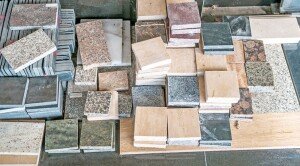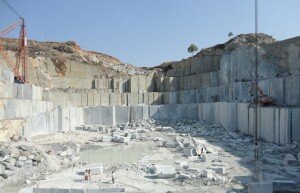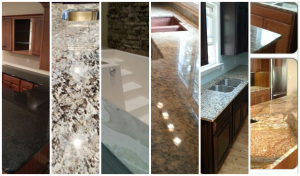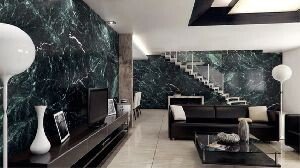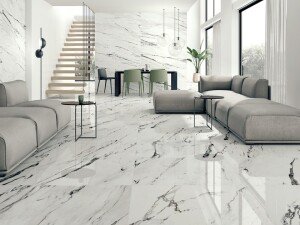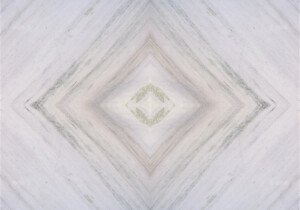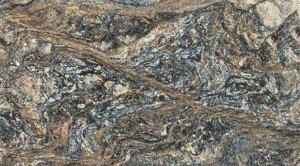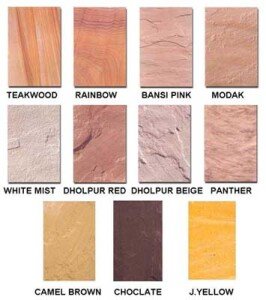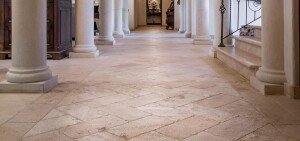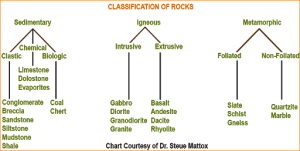About Natural Stone
Combination of two words, i.e., Natural + Stone. Natural means are real and close to mother nature. Whereas, stone refers to the hard and dense material. So, on the whole, “Natural Stone” refers to the real stone extract directly and not made by humankind. Natural stone isn’t made by engineers; it forms by water, minerals, and lava over millions of years.
Depending on the geological origin and mineralogical composition of rocks, physical and mechanical parameters, the method of manufacturing, processing, designation, and decorative features, materials, and articles made of natural stone are used in various construction sectors. Thus, for facing buildings and structures, granites, diorites, syenites, gabbro’s, porphyries, lar- drites, and volcanic tuffs are most often used.
These rocks belong to the igneous. In addition, sedimentary rocks are used – dolomites, limestones, gypsum stones, travertines, sandstones, and metamorphic rocks – marbles, marble limestones, gneisses, quartzites. Natural Stone refers to a number of products quarried from the earth, used over many thousands of years as building materials and decorative enhancements. These products include Granite, Marble, Limestone, Travertine, Slate, Quartzite, Sandstone, Adoquin, Onyx, and others.
Work of Millions
For millions of years, a combination of heat and pressure created blocks of natural stone, including granite, marble, travertine, limestone, and slate. As the earth’s crust began to grow and erode, it pushed minerals up from its core, forming massive rock deposits, which we refer to as “quarries”.
The main indicators of decorative stone are the texture of the face of the stone, the pattern, color, structure of the rock. Stone, used as a material for the decoration of buildings and structures, is called facing. It is intended to provide not only the durability of buildings and structures but also their architectural expressiveness, therefore it must possess not only high strength characteristics and long service life but also its decorative qualities, such as, for example, drawing and coloring. Facing stone is classified.
Characteristics of Natural Stone
Into four main features: origin, workability, service life in the outer lining of a building or structure, and decorativeness.
Friability – the property of the material under the action of external forces to break down immediately, without detecting significant deformations. Plates of marble, granite, and other rocks do not resist the shock.
Limits of the strength of natural stones used for finishing surfaces are as follows: granite 100-280 MPa at compression and 3 MPa at stretching; dense limestone – 50-150 MPa at compression and 0 at stretching; sandstone – 40-150 MPa under compression and 2 MPa under tension.
Hardness is the ability of a stone to resist the penetration of more rigid bodies into it. The hardness of the stone is usually assessed on the Mohs hardness scale. For more accurate determinations use a special device – a sclerometer.
Our Goal
Our goal is your total satisfaction with our products and services. From classic to contemporary, our exacting quality standards and rich selection of colors, textures, and finishes help bring your distinctive designs to life with the natural beauty, durability, and elegance only natural stones can provide. Natural stone as the name suggests is a gift of mother nature to the mankind.
It is a natural creation of nature that takes millions of years to create natural stone. There are many factors that affect the ultimate graining and coloration of natural stone. They may be underground springs, mineral deposits, earth shifts, temperature, natural solutions in the earth, and the pressure exerted on these elements over time.
Our Philosophy
The true assets of any organization are its people. We have a team of dedicated and skilled workers. Our organizational culture encourages the quest for excellence and a progressive and futuristic attitude.
Our Infrastructure
We have exclusive quarries of peacock multicolor slate as well as quarries of sandstone. These quarries are associated with our state-of-the-art calibration & polishing plant and our gang saw units. We have eight stone-cutting plants spread across the nation. Our major advantages include faster inventory, less capital tied up in inventory & low total life cycle cost, and this results in increased profitability.
Want to know the best part?
Nature’s gift is directly taken out from the quarries present in the lap of the earth. Nature’s stone is using for centuries as a building material for interior and exterior purposes. They are much more than just rock. For a number of years, the stone has been used by nearly all civilizations. Every part of the world and each layer of the earth’s crust have plenty of stone varieties. Thus, the one-of-a-kind factor within each stone gives a wide spectrum of applications to create your masterpiece. As no two pieces of natural stones are alike, it gives inherent beauty to the place.
Salient Facts About Natural Stone
When you love something, you want to know more about it. So here are some cool and interesting facts about the natural stone worth noticing: –
- It is 100% natural and 0% man-made.
- The natural stone helps and maintains ecological balance.
- Avoid acidic cleaners at the time of cleaning natural stone.
- Marble Institute of America says, “Natural stone stands well to weathering and time”.
- Natural stone is in today’s emerging trend, but it’s not a new product in the market. It is in use for the last thousands of years.
- Usage of natural stone is not only limited to the construction of the building. Rather, it is perfect as decorative material also.
- Variations in natural stone are worth observing. These natural stones are a product of mother nature and exhibit slight variations in colors.
Natural Stone Classification
There are various types of stones available in today’s stone market. All these stones are a mixture of different minerals and have different levels of durability, hardness. The questions like what kind of minerals are present in it? where do these stones come from? at which place does the particular stone suits well? often comes to mind while selecting natural stones. All these stones are real and durable but differ in their properties and compositions. After the deep study of the earth’s physical structure and substances, natural stone classifies on a geological basis.
Let’s discuss the types of these stones: –
Marble: – Re-crystallization of carbonate minerals, especially calcite or dolomite helps in the formation of marble. Marble is a common product for making sculptures and buildings. Dome of the Rock, Israel and Taj Mahal, Agra construct with marble. It is perfect for Mosaics, bathrooms, fireplaces, stairs, countertops, entryways.
Granite: – Granite forms through the crystallization of magma underneath the Earth’s crust. Quartz, plagioclase feldspar and alkali feldspar all together help in composing a true granite. This light-colored igneous rock is granular and phaneritic in texture whose color may vary depending on its mineralogy. Aberdeen in Scotland constructs principally from granite and is known as “The Granite City”. It suits well on the countertops, stair treads, driveway cobbles, wall panels, patios, fireplaces, building veneer.
Slate: – Shale-sedimentary rock (compose of volcanic ash and clay) is put under heat and extensive pressure to form a slate stone. It is fine-grained and foliated in its nature. The Guildhall in Landon and Saint Leonhard’s Church in Germany protect the roof with slate stone. It looks good on the stairs, patios, pool surroundings, pillars, walls, windows, countertops, walkways, and gardens.
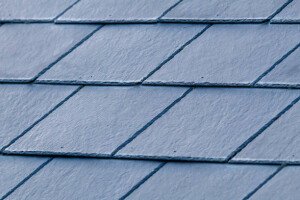
Limestone: – Skeletal fragments of marine organisms like coral, forms, and mollusks lead to the formation of limestone. Comprises mainly of calcium carbonate (CaCO3) and form due to the breakdown of rocks and shells. The white town of Landon constructs with limestone. People adopt it to accent walls, pool surroundings, fountain, stairways, windows, kitchen countertop, façade, bathroom, sidewalks, driveways, patios.
Sandstone: – Sandstone consists of mineral particles (quartz and feldspar) and grains of rock fragments which are the most resistant minerals to weathering processes. Red Fort & Qutub Miner in India, the part of UNESCO world heritage sites are proof of the beauty and durability of sandstone. It is perfect for walkways, flooring, and facade. It can as a veneer for the pillars or walls cladding also.
Travertine: – Pitted holes and troughs on the surface of the natural stone is the recognition of travertine. Its formation takes place due to the precipitation of calcium carbonate when deposit by mineral springs, especially where there is a waterfall or hot springs. Most of the travertine quarries are there in the countries of the Middle East, North America, South America, and East Asia. Tonto Natural Bridge is the largest natural travertine stone bridge in the world. It is perfect for paving, garden paths, facades, wall cladding, bathroom flooring, kitchens, outdoor spaces, and decorating walls.
Conclusion On Natural stone is worth art and one can do wonders with it!
On earth, there is no heaven, but you can make your own with sustainable designs. When it comes to designing a home or project, natural stone presents an interesting array of options. The selection of natural stone design is one’s personal option, but the advice of an expert can be helpful. It helps you to create fantastic designs that will last for a number of years.
Added By Expert Team of Bhandari Marble World…9784593721


